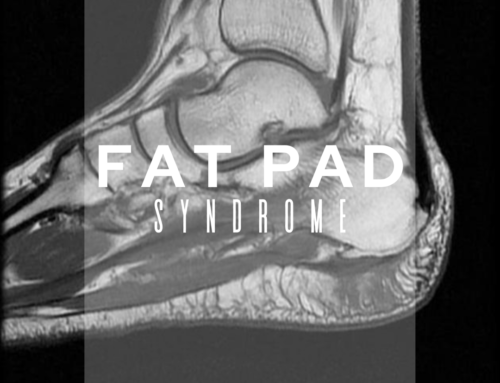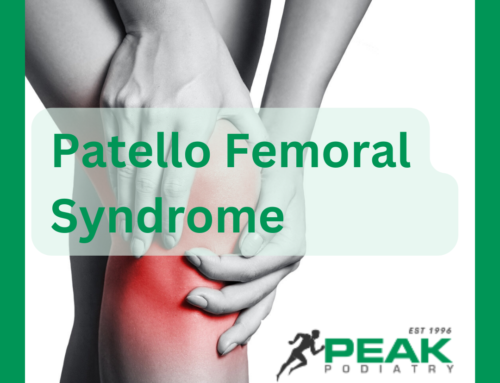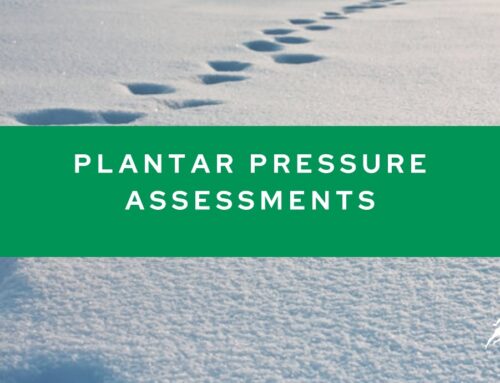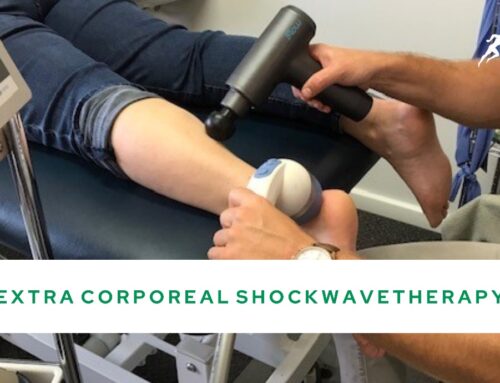The plantar plate is a strong ligament that connects the bones at the ball of the foot to the base of your toes. These ligaments aid to stabilise the toe joints by preventing lifting of the toes, stopping them from deformation and dislocation.
A plantar plate injury can occur at any toe joint, although most commonly tears and/or strains occur at the 2nd toe, leading to pain and dysfunction.
How does a plantar plate injury occur?
A plantar plate injury can be sustained through numerous factors which may be acute or progressive in nature, these can include :
-
Anatomical factors, such a long 2nd metatarsal bone, bunion and hammer toes.
-
Activities involving high digital extension loads, such as sprinting, hill running, jumping, dancing and stairs climbing.
-
Trauma
-
Hypermobility disorders
-
Habitual forefoot running
How would I suspect I had a plantar plate injury?
A person suffering from a plantar plate injury will complain of pain and swelling around the base of the toe and will be intolerant to extension loads, such as raising onto the ball of the foot. In chronic cases, the 2nd toe may appear to be floating or deviating from normal positioning.
How will I be diagnosed?
There are several clinical tests that your podiatrist can perform in clinic to verify this diagnosis and if needed an ultrasound or MRI of the plantar plate structures can be used to confirm this diagnosis.
What treatment options do I have?
Treatment of the plantar plate can involve various interventions to reduce direct load onto the 2nd toe joint or help to stabilise the joint by reducing extension loads placed upon the 2nd toe.
These interventions can include :
-
Appropriate Footwear Selection – stiff or rocker bottoms shoes
-
Banning The Bend – avoid activities that load the toes
-
Digital Taping Techniques
-
Immobilisation Therapy
-
Footwear Modifications – such as padding
-
Toe Strengthening Exercises (Toe Yoga)
-
Calf Stretching Exercises
-
Soft Tissue Release
-
Anti-Inflammatories
-
Cryotherapy
-
Orthotics
-
Carbon Plate Insoles to Stiffen Footwear
In more severe or non-responsive cases, the use of corticosteroids injections or surgery can be considered but these are usually reserved for people who failed conservative treatment.
If you are someone who gets forefoot pain or have sustained an injury resulting digital pain or displacement, it is important that you get assessed by your podiatrist to be sure that the issue is addressed and future complication do not arise.
Appointments can be booked online through the book now button or calling the clinic on (08) 9388 9999.








Leave A Comment